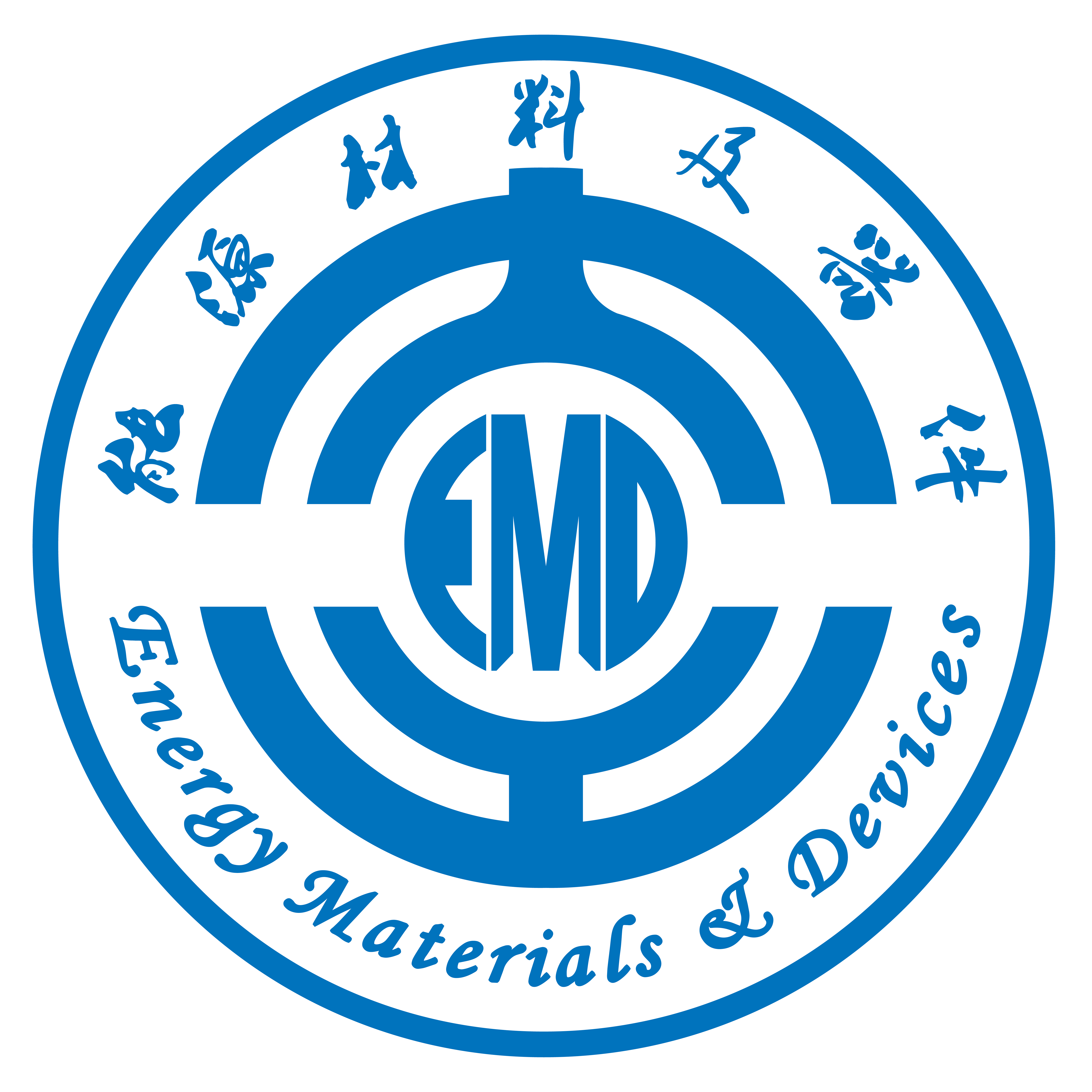Abstract: Carbon-constraint Fe3N nanoparticles (Fe3N@C) with a unique core-shell structure are successfully realized through a facile 2-step process: fabricating Fe@C core-shell nanoparticles by DC arc-discharge method and subsequently converting them into Fe3N@C through chemical nitriding reactions. A series of technological conditions are carried out to manipulate the core components and the shell structure. Owing to the protection of carbon shell, the nanoparticles own clear morphology and fine dispersion without distinct sintering. The Fe3N@C nanoparticles are applied as the anode material for lithium-ion batteries and exhibit high electric capacity in long-term cyclic charge/discharge process. Their excellent performance comes from the electrochemical lithiation/delithiation reactivity of the Fe3N core, while stable nanostructure of the electrodes sustained in the long cycles benefits from the constraint of carbon shell mostly.
https://doi.org/10.1016/j.nanoen.2016.10.059

